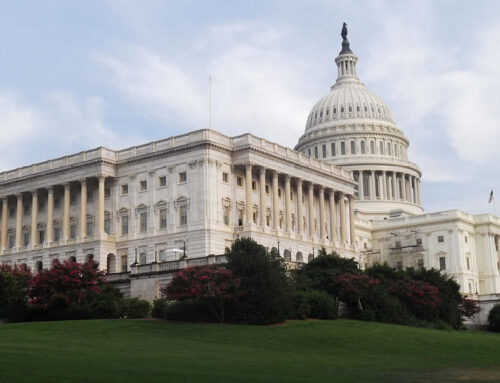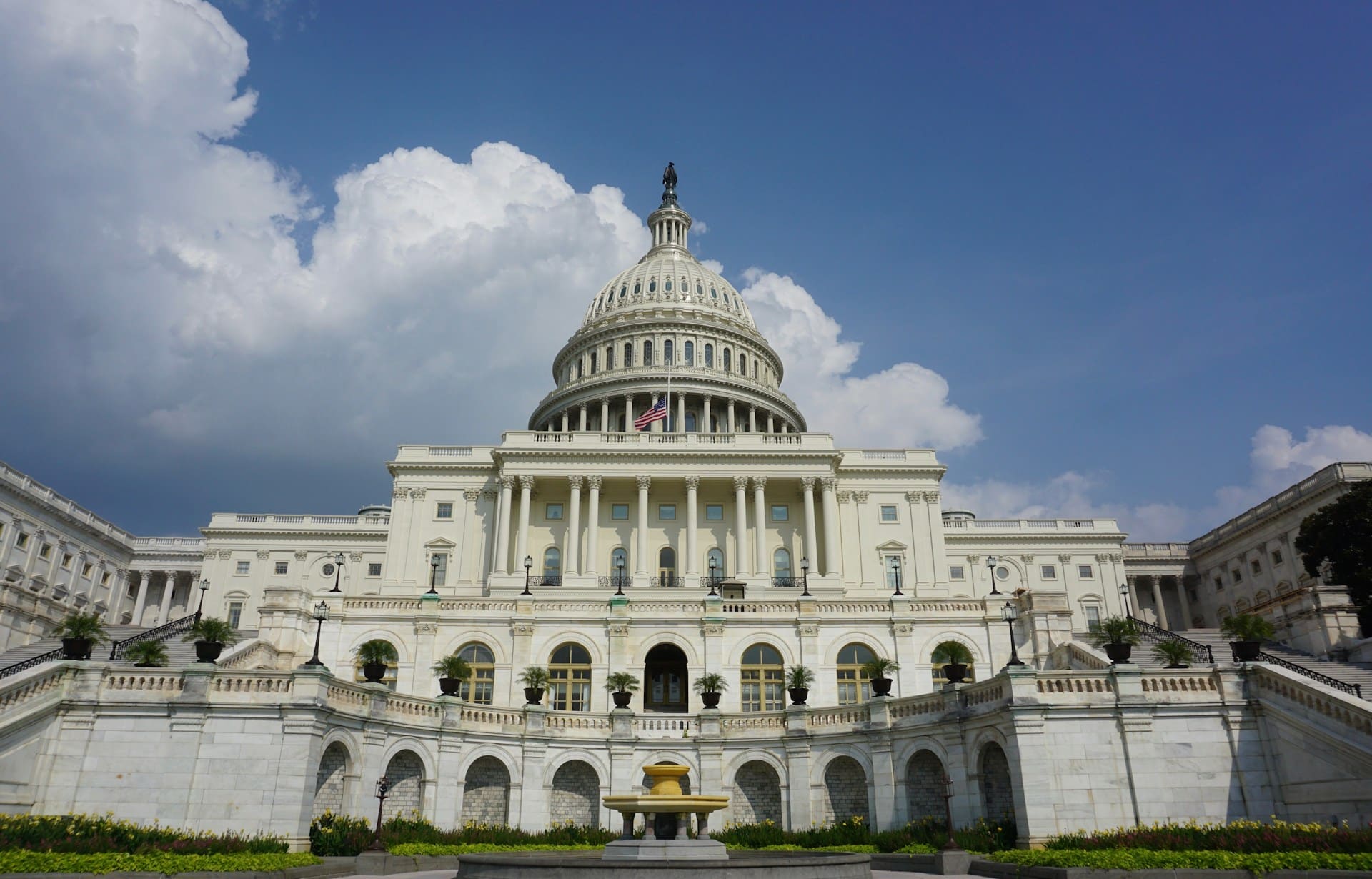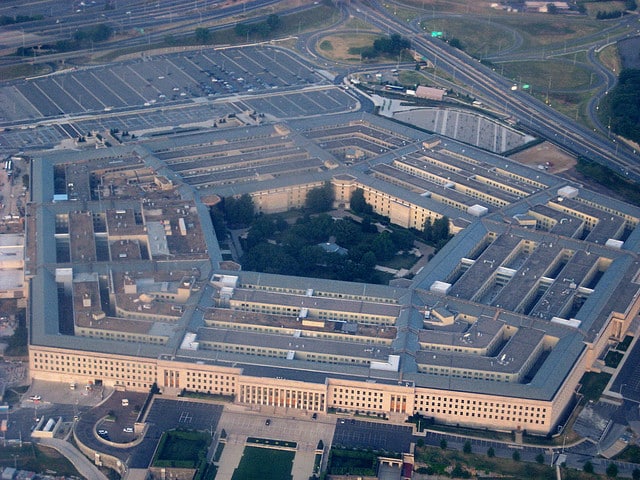The Golden (State) Road
Pub Date: Oct 19, 2012
Two recent – but unrelated – decisions from the Golden State are likely to have wide-ranging implications for the nation’s transportation systems, and are important developments for taxpayers to watch in coming years. First, California got the go-ahead on the 130-mile first phase of its controversial high-speed rail (HSR) system; less than a week later, it passed legislation at the state level to allow the on-street use of autonomous – or self-driven – automobiles.
We have pilloried the HSR plan as little more than California Dreamin’. The plan has a number of significant, well-documented flaws: the chosen route through the Central Valley is circuitous; the cost estimate (which started around $40 billion, then went to $98 billion, and now rests at $68 billion) is shaky, at best; and the funding sources are unknown (the California High-Speed Rail Authority expects between $40 and $50 billion in federal funds, yet Congress has shown no appetite in recent years for funding HSR).
All of this makes approval of the project’s first phase that much more concerning. Federal taxpayers put $3.2 billion on the line for a train that will run from Madera to Bakersfield; it would be many more years before the line made it all the way from San Francisco to Los Angeles, as intended. This first phase is currently estimated to open a decade from now at the earliest, in 2022. And with limited future funding identified for the project’s later phases, we run the risk of a multi-billion dollar line with very limited transportation benefit.
Just six days after the HSR announcement, California Governor Jerry Brown signed legislation that will lead to driverless cars on California’s roads and highways. California was not the first state to take this step – Nevada and Florida both have similar laws – but by virtue of the size of the state and the involvement of Silicon Valley, this could be a vital one to move this technology forward.
Driverless cars and high-speed rail are nearly opposite transportation approaches. For example, California’s HSR project will cost taxpayers untold billions, while the driverless car concept is entirely a private – and most importantly, unsubsidized – enterprise. Google, in addition to the world’s major automobile manufacturers, are leading the way. In addition, implementation of driverless cars (which some estimate are much closer to reality than most of us might think – a decade away, perhaps) have the potential to actually save us untold billions. Cars that can drive very close to each other, as driverless cars would, could decrease congestion and make building new roads unnecessary. This would also be a far more efficient way to drive, which could decrease gasoline use and therefore be environmentally beneficial. And perhaps most importantly, this technology – some of which is already in use today – will continue to help improve the safety of our roads.
None of this is to say that autonomous vehicles are the future of travel, or that HSR doesn’t have its place as part of a diverse transportation system. But, as we’ve seen time and again, government is particularly bad at picking winners and losers. Taxpayers are being asked to make a huge investment in high speed rail. If, as is often the case, the costs of the project are understated and the demand for the project is overstated, the investment is likely to look even more dismal. Furthermore, politics of the day often drive construction decisions and locations, adding to costs. Finally, the worst of all would be to see a portion of the project built, but not the entire line, so the benefits of the project would be even more limited.
On the other hand, Google and other private companies are making an investment in driverless car technology because they believe it will be a winner. And they have a track record of picking winners more often than not. But if Google fails, which it has done before (does anyone remember Google Wave?), it won’t be taxpayers who are on the hook for the losses.
No one knows what is going to happen tomorrow, of course, but we did get a glimpse of our transportation future in these two decisions in California. Time will tell if these rushes for California gold end up as booms or busts.









Get Social